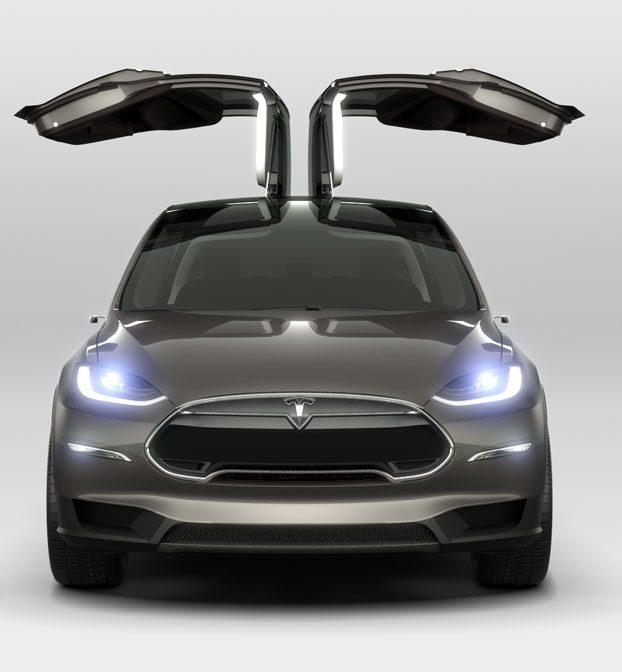Tesla versus the Rent Seekers
The NYTimes has a very bad article on Tesla and auto dealer franchise laws. The worst bit is this mind blowing contradiction:
…most states have some limits on direct sales by auto manufacturers…These rules are generally meant to ensure competition, so that buyers can shop around for discounts from independent dealers, and to protect car dealers and franchises from being undercut by the automakers.
 So there you have it, limits on direct sales ensure competition and protect car dealers from being undercut by the automakers. Sorry, but you can’t have it both ways. Which view is correct? Let’s begin with some background (drawing on a great article by LaFontaine and Morton).
So there you have it, limits on direct sales ensure competition and protect car dealers from being undercut by the automakers. Sorry, but you can’t have it both ways. Which view is correct? Let’s begin with some background (drawing on a great article by LaFontaine and Morton).
Franchising arose early on in the history of the auto industry because, as in other industries, franchising can take advantage of local knowledge and at the same time control agency costs. Franchising rules evolved in Coasean fashion so that manufacturers could not expropriate dealers and dealers could not expropriate manufacturers. To encourage dealers to invest in a knowledgeable sales and repair staff, for example, manufactures promised dealers exclusive franchise (i.e. they would not license a competitor next door). But with exclusive franchises dealers would have an incentive to take advantage of their monopoly power and increase profits by selling fewer units at higher profits. Selling fewer units, however, works to the detriment of the manufacturer and the public (ala the double marginalization problem (video)). Thus the manufactures required dealers buy and sell a minimum quantity of cars, so-called quantity forcing. Selling more units is exactly what we want a monopoly to do, so these restrictions benefited manufactures and consumers.
Politics, however, began to intrude into this Coasean world in the 1940s and 1950s. Auto sales accounts for some 20% of sales taxes and auto dealers employ a lot of people so when it came to a battle in the state legislatures the auto dealers trumped the manufacturers. The result was franchise laws that were increasingly biased towards dealers. In essence, exclusive franchises became locked into place, manufactures lost the right to add dealers even with population expansion, quantity forcing became illegal and dealer termination became all but impossible.
The result of dealer rent seeking has been higher auto prices for consumers, about 6% higher according to one (older) study by the FTC. Consumers have been stiffed in other ways as well. In some states, for example, manufacturers were required to reimburse dealers for a repair under warranty whatever amount the dealers would have charged consumers for the same repair not under warranty. As a result, dealers had an incentive to increase their price to consumers because that increased what they would be reimbursed for repairs under warranty. The franchise laws have also resulted in a highly inefficient distribution of dealers as populations have moved but dealers have been frozen into place. The inability to close, move or consolidate dealers has impacted the big-3 American firms especially because they have older networks. As a result, a typical GM dealer sells 377 cars a year while a typical Honda dealer sells 1,062 and a Toyota dealer 1,488.
Tesla wants to sell directly to the public but more generally what we need is to restore the Coasean balance, put dealers and manufacturers back on a equal footing and let the market decide the most efficient means of retailing and distributing automobiles.
Addendum: Dan Crane and Lynne Kiesling have further posts on this topic.